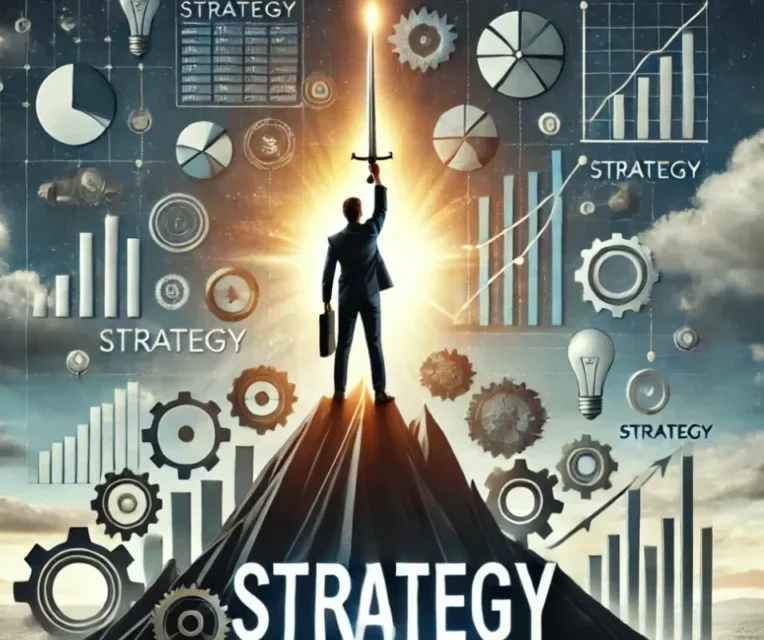
Slaying with Strategy: The Human Edge Sales Framework

Slaying with Strategy: The Human Edge Sales Framework
In the first article, we introduced the Human Edge Philosophy—a people-first approach to modern selling. Now, let’s put that philosophy into action. Below is a five-step process that operationalizes the theory, ensuring you Slay consistently by staying disciplined yet flexible.
Part II: The Process – The Human Edge Sales Framework
Step 1: Prospect with Precision
Philosophy Tie-In: Prospect Irrationally, Plan Rationally
How: Focus on fit, not volume. Use Weinberg’s “sales math” to target high-potential accounts. Integrate Cialdini’s social proof by highlighting peers who’ve succeeded with your solution. Research your prospects’ pains, goals, and possible biases, so you can cater to their intuitive, System 1 thinking.
Tools: Account scoring, trigger event tracking, social listening.
Step 2: Engage with Insight
Philosophy Tie-In: Challenge, Don’t Chase
How: Start the conversation by teaching something they don’t already know—disrupt complacency by revealing a hidden risk or opportunity. Personalized outreach is key (no “spray and pray”). Offer real, data-backed insights: “Most companies in your space overlook X because of Y—does that resonate?”
Tools: Personalized email templates, insight scripts, thought-provoking questions.
Step 3: Diagnose the Gap
Philosophy Tie-In: Own the Frame
How: Lean on Miner’s NEPQ and Keenan’s gap-selling to unearth the distance between a buyer’s current and desired states. Ask about the cost of inaction, lost revenue, or operational inefficiencies. Pull on Kahneman’s loss aversion principle—people fear losses more than they crave gains, so highlight the risk of doing nothing.
Tools: Targeted question banks, pain-point mapping, active listening exercises.
Step 4: Present with Persuasion
Philosophy Tie-In: Influence, Don’t Coerce + Design the Choice
How: Reveal your solution as the bridge to their brighter future. Use the right blend of Cialdini’s authority (success stories), scarcity (“limited capacity for new clients”), and reciprocity (free consultations or demos). Incorporate Sunstein’s nudge: present two sensible options, making yours the path of least resistance.
Tools: Storytelling frameworks, choice architecture visuals, outcome-focused demos.
Step 5: Close with Discipline
Philosophy Tie-In: Emotion Fuels, Discipline Closes
How: Persistence is your secret weapon. Blount reminds us that most sales take at least five follow-ups—often more. Tackle last-minute anxieties head-on: “You mentioned X was critical. Waiting only prolongs the pain, right?” Once you secure the “Yes,” go above and beyond to deliver on your promises.
Tools: Automated follow-up cadences, objection-handling scripts, CRM tracking.
Use this framework as your North Star to guide daily actions. In the final article, we’ll reveal the mindset and habits that ensure you can Slay in any market—without burning out.
“`






























